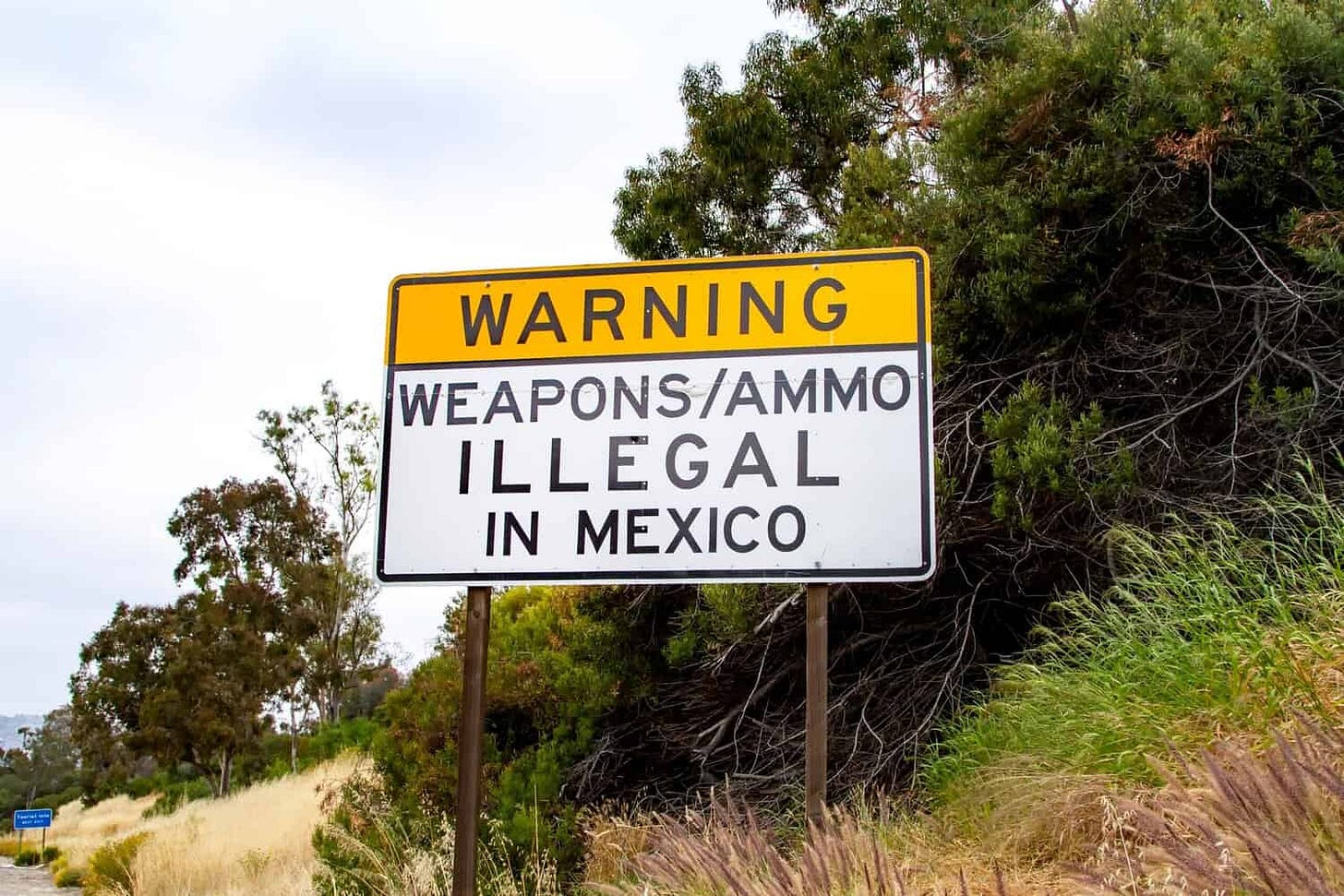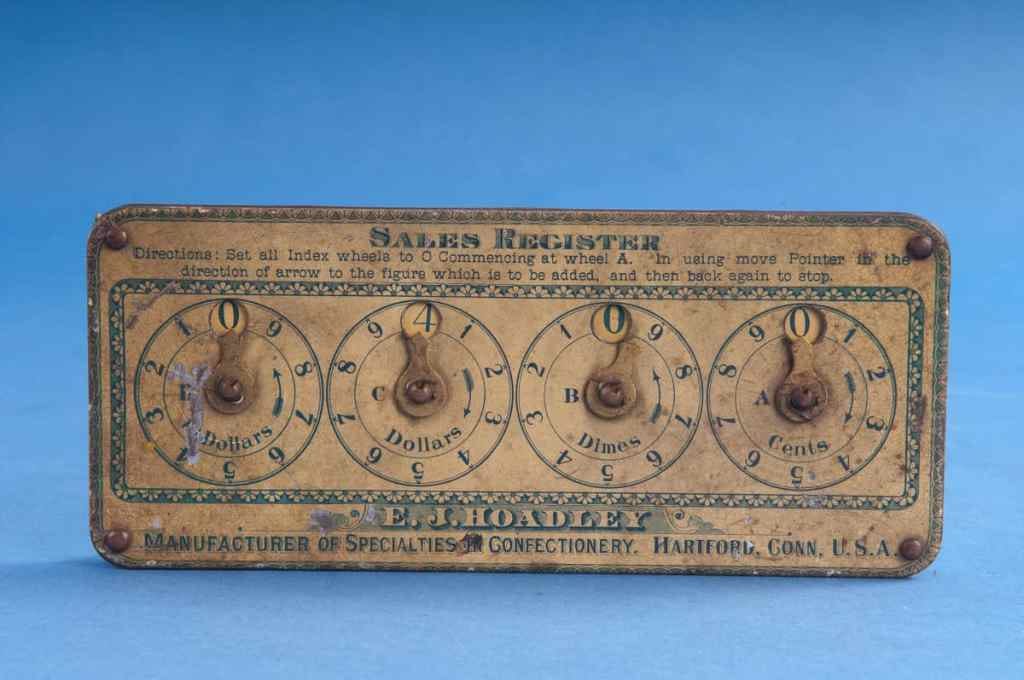Every year, an estimated 200,000 guns flow from the US into Mexico, in a longstanding exchange that keeps drugs moving north and violence cycling through the south, writes Jeremy Robson. Who is the dealer’s dealer? We are.
Also going cheap in our all-American yard sale: the true nature of things, which Justin Joque suspects Trump will purchase with Fort Knox gold; a global currency that William Milberg points out is being deliberately devalued; and the democratic theory that proposed the same blue jeans and rock and roll for everybody, recalls Jedediah Purdy.
Going once, going twice …
Ecology and Democracy in a World on Fire
Jedediah Purdy
Global media would remind people of what they wanted—personal liberty and nice things. After all, the story went, the Soviet empire had fallen because its people wanted blue jeans and rock and roll. Markets would bring these things, and participation in markets would shape people into liberal and democratic citizens. Why? Because as entrepreneurs, small property-holders, people with jobs and a stake in the system, they would demand security, stability, and personal rights from their governments. Regimes around the world would become more responsive, and more responsible. Ultimately, we would all be democratic.
But—and here was a paradox—we might hardly notice the difference democracy made.
Our weekly newsletter of new essays, reviews, interviews, and experiments is always free. Why not help us spread the word?
United States Makes Weapons—Then Sells Them to Mexican Cartels
Jeremy Robson
From 2006 to 2021, an estimated 380,000 people have been internally displaced due to violence in Mexico. The extreme scale is matched only by the terrible details of violent attacks. The Zetas OCG is often at the center of these tragedies. In 2011, armed members from the group attacked a casino because the owner was behind on protection payments. Over fifty people were killed. The Zetas, like the other OCGs, get most of their weapons from the US.
US Tariffs and Trump’s Neopatrimonial Mercantilism
William Milberg
The irony is that many of us have argued for the dynamic benefits of tariffs for a long time, insisting that they swamp the static effects. The policy, usually applied in a developing country context, is called “infant industry protection” or “import substitution industrialization” (ISI). This is what the US did in its industrial development in the eighteenth and nineteenth centuries, Latin America in the 1950s–1970s, and East Asian did in the 1980s and 1990s. But in the current wave of tariff protection, macroeconomic, and geopolitical considerations may be more important than the microeconomic effects.
We’re Going to Fort Knox to Touch the Real
Justin Joque
The Trump-Musk right repeatedly insists on revealing the true state of the world and of digging this true world out from under the distortions of liberal modernity. From Pizzagate to attacks on DEI, there exists a constant insistence on revealing what is hidden, mediated, and obfuscated. But nowhere is the dynamic as evident as in Trump’s recent declaration that “we’re going to go to Fort Knox, the fabled Fort Knox, to make sure the gold is there.” Trump has picked up on a long running conspiracy theory, recently promoted by Musk, that the gold in Fort Knox has secretly been stolen or sold off, and insists that he is going to uncover the truth.







